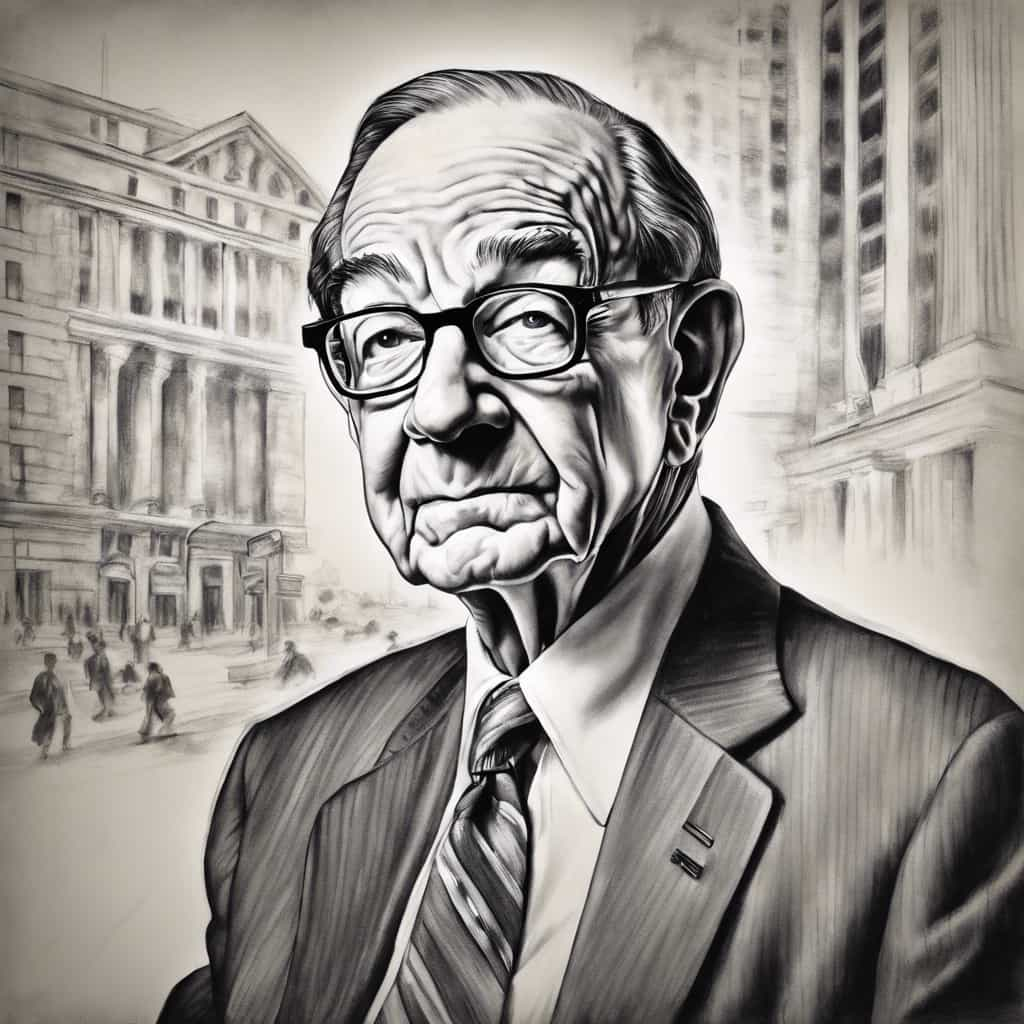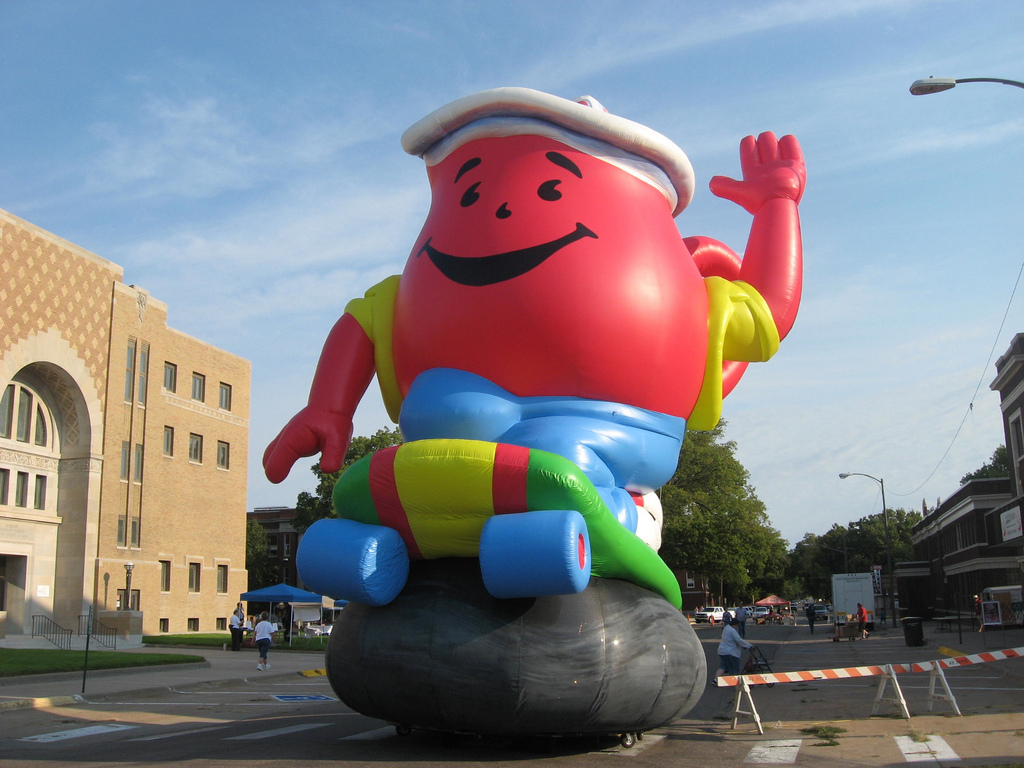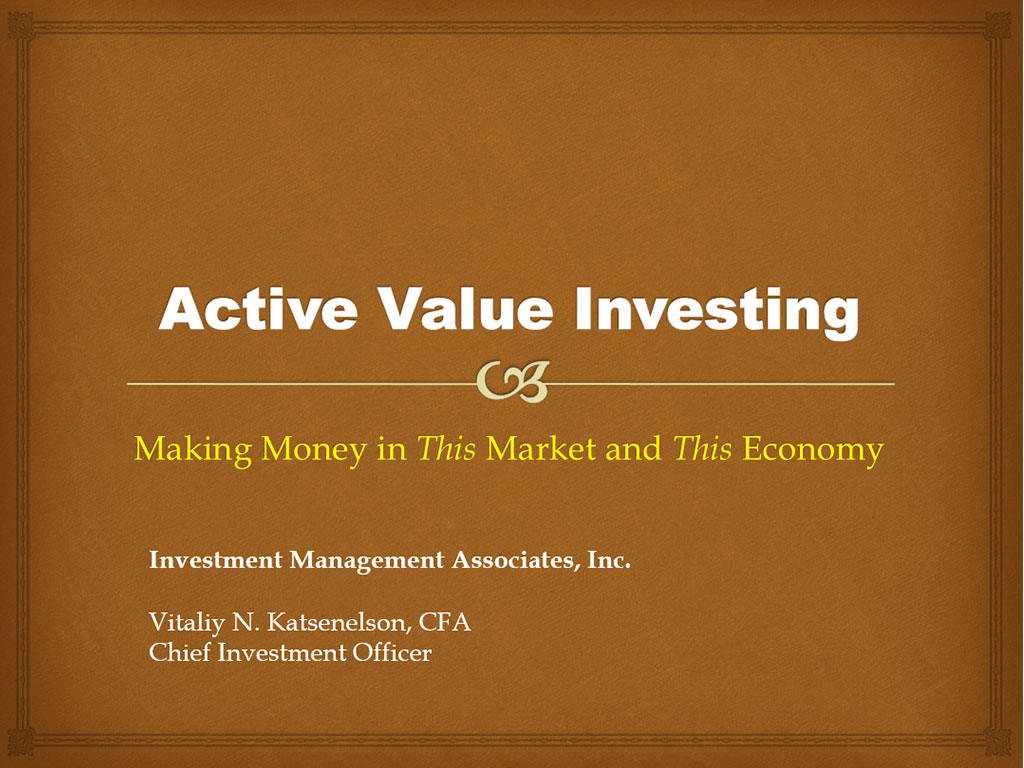The 2001 rate cuts caused the bubble that is now a crisis. Here we go again
The right decisions are usually the hardest ones: they often require enduring short-term pain for the long-term gain. We learn this as parents early into the job.
The Federal Reserve under Mr. Greenspan’s leadership faced a tough decision in 2001. The post dot.com bubble had burst, the terrorist attacks followed and the economy was slipping into a recession. Instead of letting nature (i.e. market forces) take its course, Avuncular Al chose an easier, less painful (at least the short-run) road – he lowered interest rates at levels we have not seen in decades and kept them there for a long time.
Mr. Greenspan retired and wrote a book blaming the bubble on “global forces”, but “global forces” is probably his alter-ego as short-term interest rates followed the Fed Funds Rate every step of the way.
The Fed torch is now in Mr. Bernanke’s hands, he faces a new but old dilemma: to provide a temporary “fix” to the economy that is suffering a severe hangover from being overdosed by low interest rates set by his predecessor. This will guarantee a need for future “fixes” and eventually will lead to a larger crisis down the road. Or he can do nothing, let market forces work things out and let the economy go through a painful but needed withdrawal. In this article I wrote for Business Week I am arguing for doing the latter.









0 comments